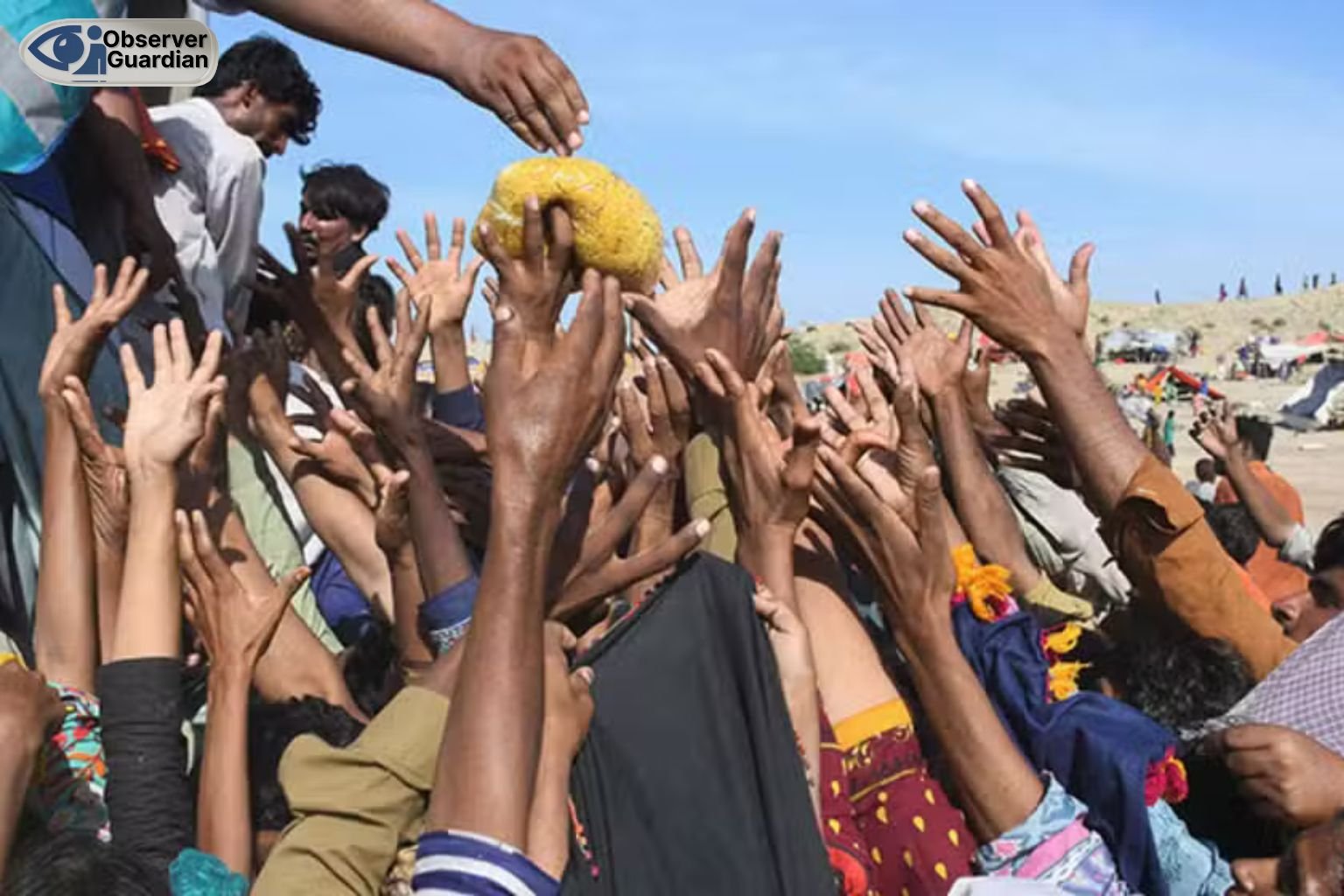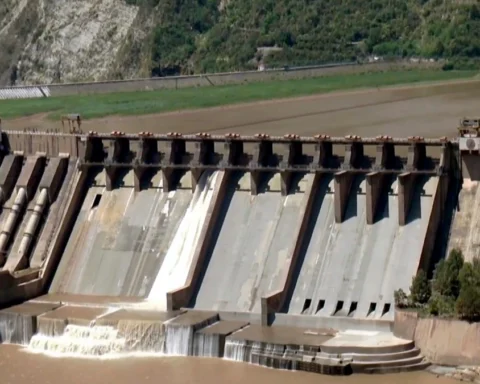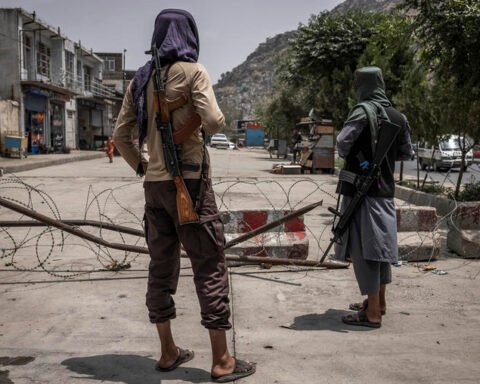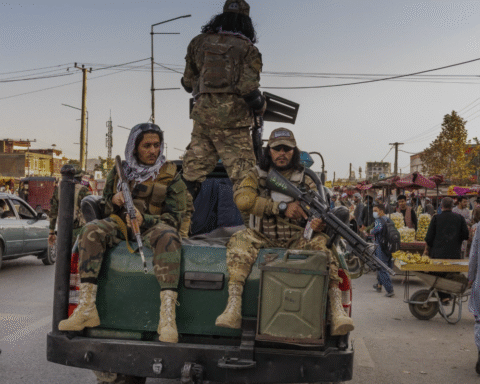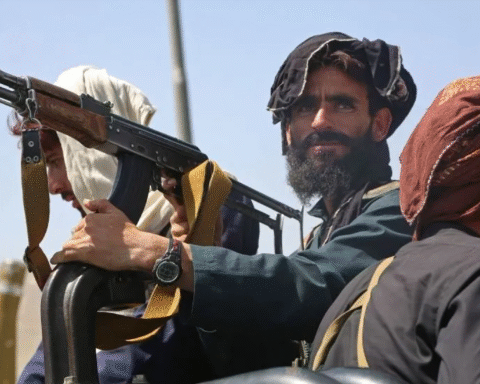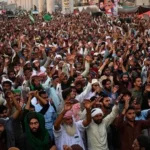After nearly two decades of progress in reducing poverty, Pakistan is now facing a reversal. The World Bank’s latest assessment highlights that the national poverty rate has climbed to 25.3% in 2024–25 a sharp increase of nearly seven percentage points over the last three years. This comes after years of steady decline, when poverty had fallen from more than 60% in the early 2000s to just under 22% in 2019. The recent setback reflects overlapping shocks such as COVID-19, surging inflation, macroeconomic instability, and natural disasters like the devastating 2022 floods. Together, these crises have exposed deep structural weaknesses in Pakistan’s growth model, leaving many households vulnerable and without adequate safety nets.
The Return of Poverty After Decades of Progress
For years, Pakistan’s economy had been able to reduce poverty through rising household incomes, increased participation in informal work, and remittances from overseas. However, that growth was largely consumption-driven and unable to sustain long-term resilience. Since 2020, poverty reduction has stagnated and then reversed, with millions of people slipping back below the poverty line. The reversal has been particularly severe in rural areas, where poverty levels are more than double those in cities, and among households dependent on informal jobs with little stability or protection. Women and young people have also been disproportionately affected, as they face greater barriers to stable employment opportunities.
Green Tractor Program Phase-II Launched With Subsidy of Rs. 1 Million Per Tractor
The Human and Social Costs of Rising Poverty
The rise in poverty is not only about declining incomes it has also deepened existing social challenges. Malnutrition and child stunting remain widespread, with nearly two out of five children affected. Education indicators are equally troubling: many children remain out of school, while a majority of those in school struggle with basic reading comprehension. Access to clean drinking water, sanitation, healthcare, and other essential services remains uneven, especially in poorer regions and rural districts. These gaps mean that the costs of poverty are carried forward into the next generation, perpetuating cycles of deprivation that undermine long-term economic growth and social stability.
The Path Forward: Building Resilience and Inclusive Growth
To reverse this worrying trend, Pakistan must rethink its economic model. Growth strategies need to shift from a reliance on consumption and informal jobs toward more resilient and inclusive pathways that create formal employment, boost productivity, and expand opportunities. Stronger social safety nets are essential to protect vulnerable households from future shocks, whether economic or climate-related. At the same time, bold investments in education, nutrition, healthcare, and clean water are needed to build human capital for the future. Governance reforms, fiscal discipline, and better targeting of subsidies and resources can further strengthen the fight against poverty.

